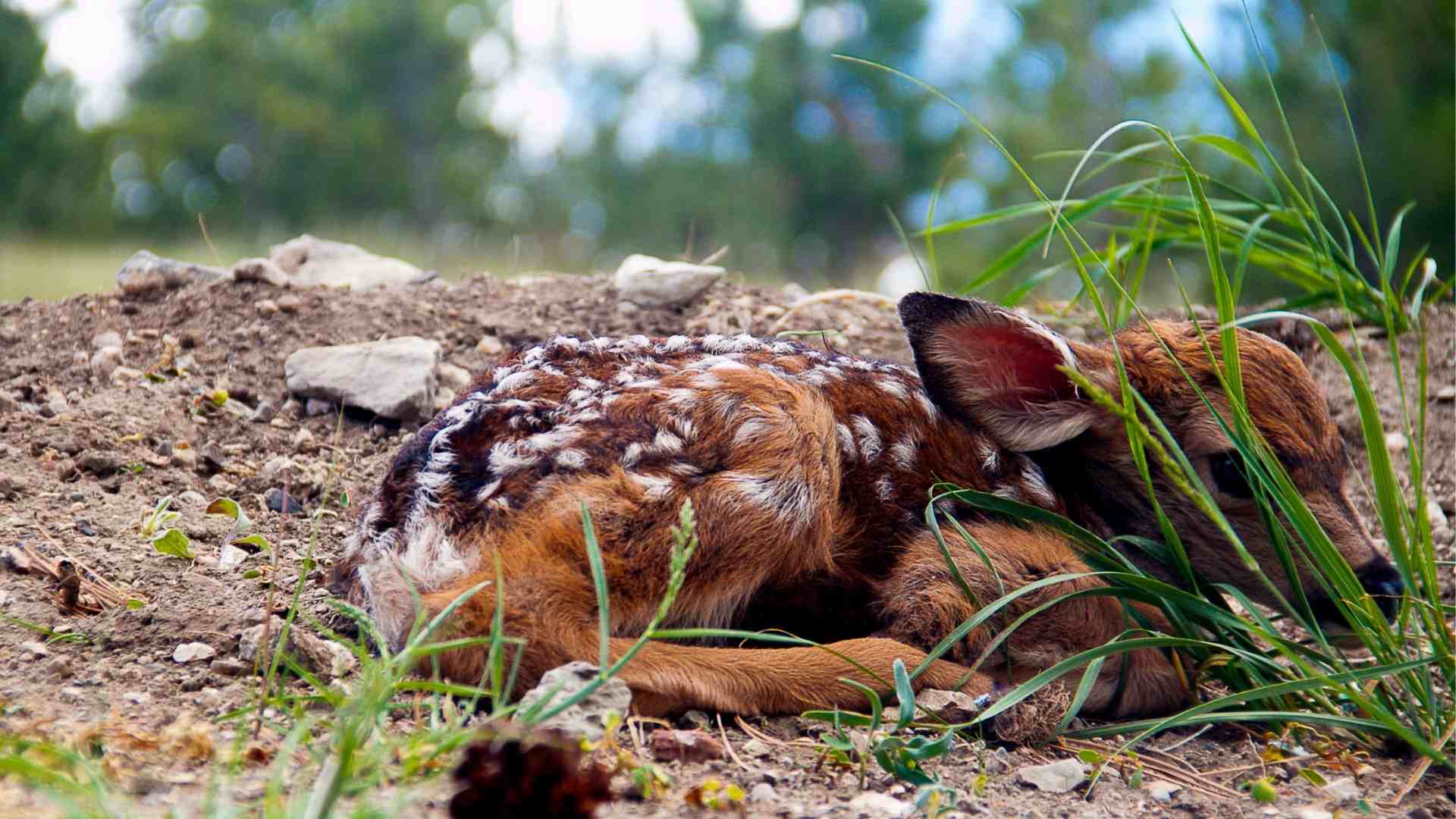Encountering injured wildlife can be a challenging and emotional experience. However, it is crucial to approach the situation with caution and care.
Handling wildlife can be dangerous for the animal and the person attempting to intervene. Professionals with the necessary expertise and training are best equipped to provide the appropriate care for injured wildlife.
This article will discuss the importance of leaving injured wildlife to professionals and the steps one should take if one encounters an injured animal.
We will explore the dos and don’ts of handling injured wildlife and guide how to determine if intervention is necessary.
Contents (Jump to Topic)
ToggleDos and Dont´s
When encountering injured wildlife, it is vital to know the dos and don’ts of handling them to ensure the animal has the best chance of recovery, as intervention by untrained individuals can worsen the situation and put both the animal and person in danger.
The first thing to remember is to never physically engage with the animal, as this can cause further injury and stress. Instead, contact a permitted wildlife rehabilitation center or local conservation officer who can provide professional assistance.
read.. hunters’ role in wildlife
They can instruct you on how to initially respond to the situation over the phone and dispatch a trained professional to the scene if necessary.
It is also important to remember that attempting to capture or move the animal may put you in danger and worsen the situation. Leaving the animal in its natural environment may be the best option, as their mothers often leave young animals alone and do not need human intervention.
Additionally, do not attempt to care for an animal yourself, as this can be dangerous and illegal. Always follow the guidance of trained professionals to ensure the best outcome for the animal and yourself.
Contacting Rehabilitation Centers
Contacting a permitted wildlife rehabilitation center or local conservation officer is appropriate when encountering an animal needing assistance. These professionals are trained to handle injured wildlife and have the necessary resources to provide the animal with the best chance of recovery.
Attempting to intervene oneself may worsen the animal’s condition and put oneself in harm’s way.
When contacting a wildlife rehabilitation center, providing as much information as possible about the animal’s condition and location is essential. This will help the rehabbers prepare for the situation and respond accordingly.
Follow the rehabbers’ instructions, such as maintaining a safe distance from the animal or securing the area to prevent further harm.
By contacting a permitted wildlife rehabilitation center or local conservation officer, individuals can ensure that injured wildlife receives the appropriate care and attention they need for recovery and eventual release back into the wild.
Determining If Intervention Is Necessary
Determining whether intervention is necessary requires careful observation of the animal’s behavior and physical condition and knowledge of the species’ natural behavior and needs. It is important to approach the situation with caution and from a safe distance.
If possible, observe the animal from afar, using binoculars or a camera to avoid causing further stress or injury. Look for signs of distress, such as limping, bleeding, difficulty breathing, and abnormal behavior, such as loss of balance or inability to fly.
If you are unsure whether the animal needs help, contact a permitted wildlife rehabilitation center or local conservation officer for advice. It is important to remember that not all animals need human intervention.
read.. will deer adopt an orphaned fawn
Young animals, for example, may appear abandoned but are often left alone by their mothers for extended periods while they forage for food. Additionally, some animals may be injured but still able to survive in the wild without intervention.
Before You Go …
Rehabilitating an animal is a lengthy and costly process that should only be undertaken when necessary, as it can be stressful and damaging to the animal’s well-being.
By carefully observing the animal and seeking expert advice, you can help ensure that the animal receives the appropriate care and has the best chance of recovery.






